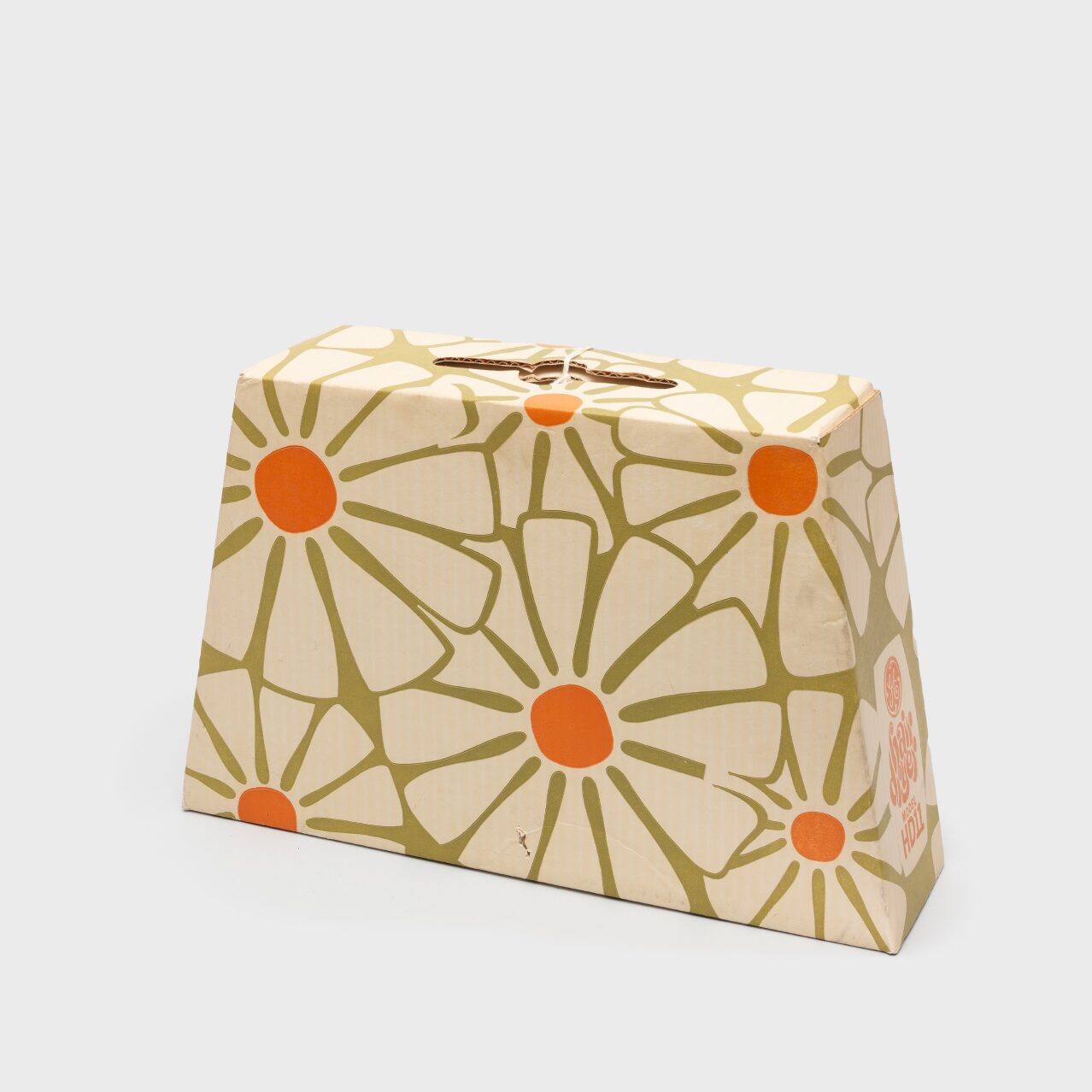
Photo: Paul Eekoff © Royal Ontario Museum
In this process of creating a design-history resource, identifying the elements of design that make it a unique discipline was crucial. One particularly unique and prevalent aspect of design, especially industrial design which makes up the bulk of the xDX collection, is collaboration: unlike fine art or folk-art objects, mass produced objects require the involvement of many stakeholders. Designed objects that makes their way into our lives have required the collaboration of designer(s), their clients, model-makers, manufacturers, advertisers, graphic designers, and retailers. How we track collaborators along the life cycle of a designed object is a major concern of our data model, and it’s our attention to these details makes the xDX dataset unique. Namely, we are constructing our dataset so that not only will all of these collaborators or actors be discoverable by researchers; researchers will also be able to use our dataset to make new and unexpected connections.


